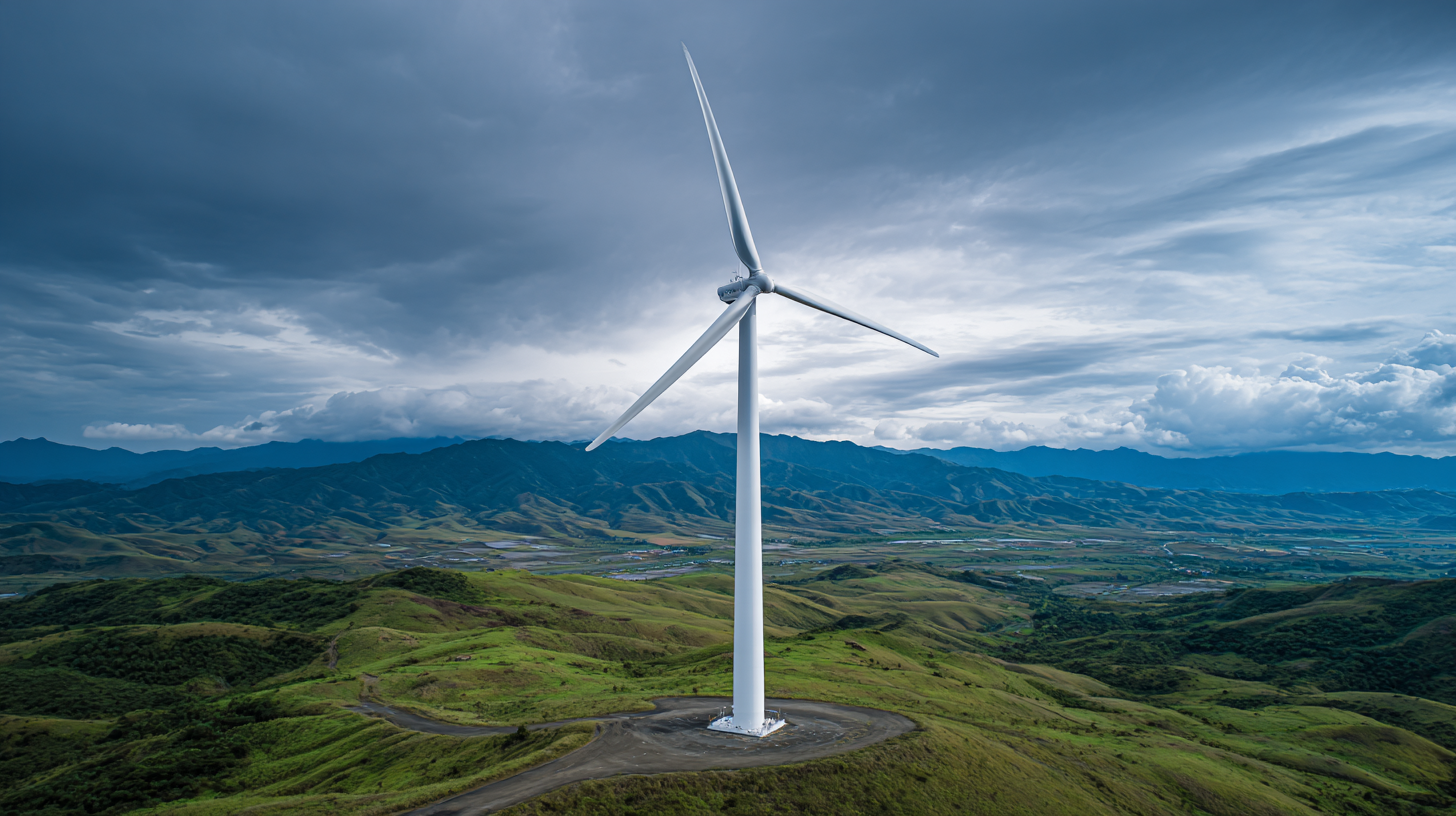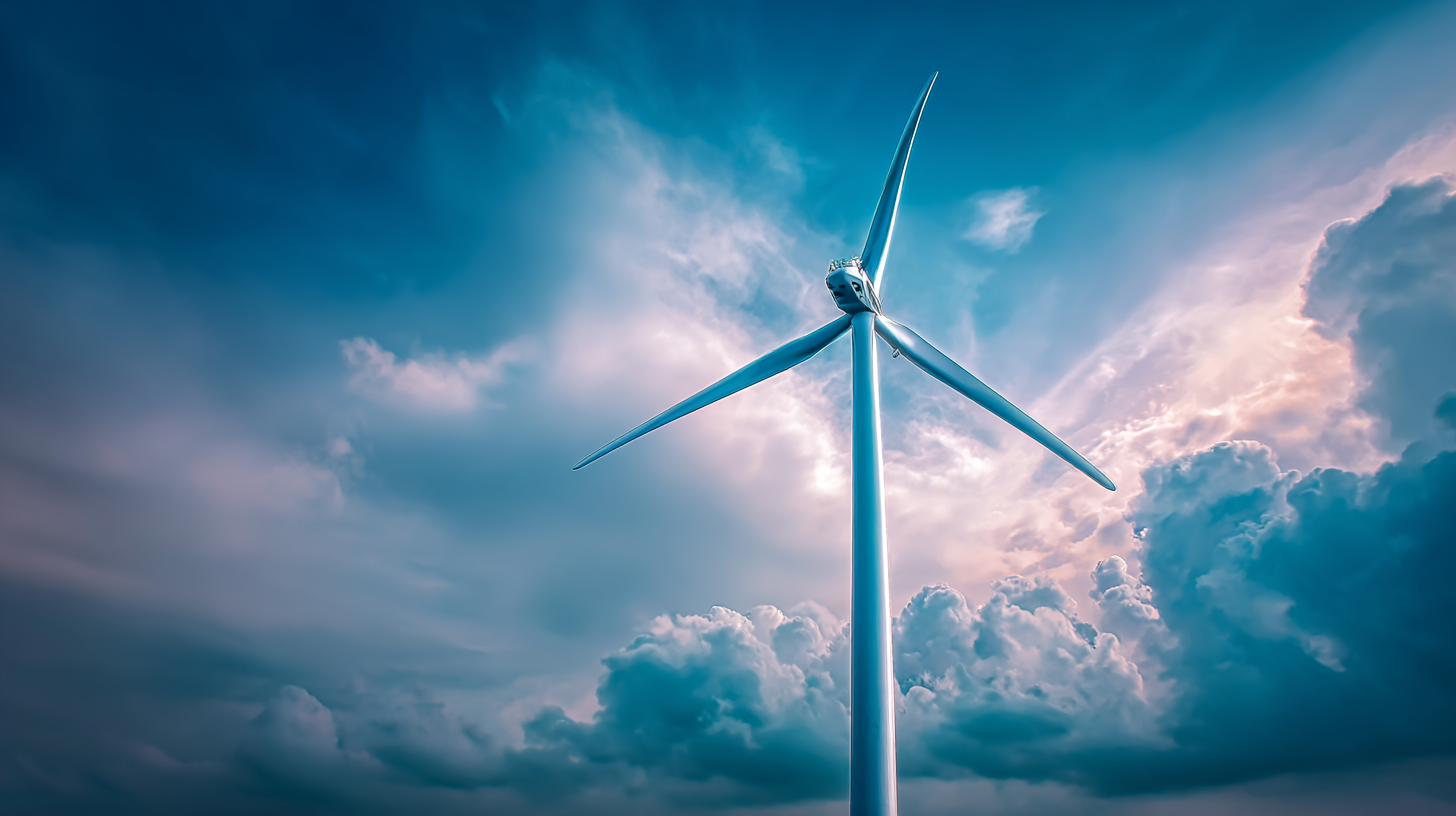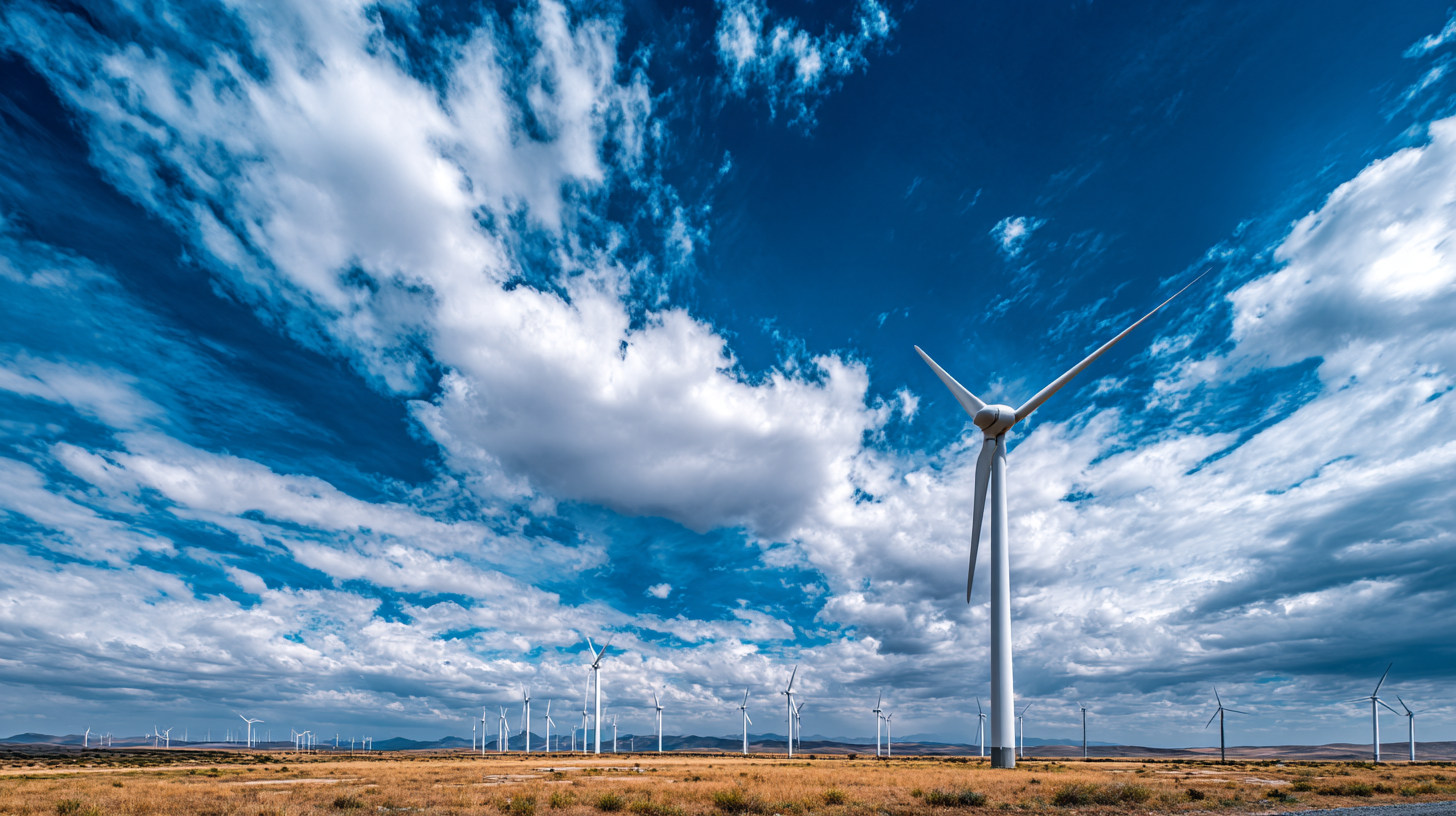As the world increasingly focuses on sustainable energy solutions, mastering the best wind turbine technologies has become crucial for maximizing energy efficiency. According to the Global Wind Energy Council, the global wind power capacity is projected to reach 1,200 GW by 2025, reflecting a significant compound annual growth rate of around 10% from 2020. This growth presents both challenges and opportunities for industry stakeholders. With advancements in turbine design, including larger blades and more efficient generators, the next generation of wind turbines promises to harness more energy from wind resources than ever before. Additionally, innovations in energy storage and grid integration are set to further enhance the overall efficiency of wind energy systems. As we delve into the industry trends and solutions for various types of wind turbines, we aim to provide insights into the technologies that will shape the future of renewable energy.

The wind energy sector is continuously evolving with innovative designs aimed at maximizing energy efficiency. Among the latest trends, vertical-axis wind turbines (VAWTs) have gained attention for their ability to capture wind from any direction, thereby enhancing energy production in turbulent environments. These designs not only reduce noise but also minimize the visual impact on the landscape, making them suitable for urban settings.
In addition to VAWTs, integration of smart technology in wind turbines is revolutionizing energy efficiency. Sensors and IoT devices are now being utilized to monitor real-time performance and weather conditions, allowing for optimized energy output. These advancements enable predictive maintenance, ensuring that turbines operate at peak performance while reducing downtime.
Tips: When considering the installation of wind turbines, always assess your local wind patterns and regulations to maximize energy capture. Additionally, investing in monitoring technologies can help you track performance and make necessary adjustments in real-time, leading to more efficient energy use. Finally, exploring partnerships with tech companies focused on renewable energy enhancements can provide access to cutting-edge solutions tailored to your needs.

Offshore wind farms have emerged as a pivotal solution in the quest for renewable energy sources, achieving energy outputs up to 50% higher than their onshore counterparts. This increase can be attributed to several factors, including stronger and more consistent wind speeds found offshore, as highlighted in recent studies assessing the wind energy potential along Nigeria's coastal regions. These assessments reveal that offshore locations can harness four times greater wind power than those onshore, fundamentally transforming energy strategies.
To maximize the efficiency and productivity of offshore wind installations, advanced monitoring and predictive maintenance strategies are essential. A recent analysis underscores the significance of implementing robust operational and maintenance (O&M) cost models, which can significantly reduce expenses and enhance performance. Additionally, leveraging Industry 4.0 digital technologies plays a critical role in optimizing wind energy production by improving cost-effectiveness and sustainability.
**Tip:** Consider investing in technologies that provide real-time data on wind conditions and turbine performance, as this can lead to better decision-making and increased operational efficiency.
**Tip:** Explore collaborations with research institutions to conduct comprehensive techno-economic assessments that can provide insights into optimizing site selections and improving energy yield.
The efficiency of wind turbines has become a pivotal factor in renewable energy systems, primarily focusing on the comparison between horizontal axis wind turbines (HAWTs) and vertical axis wind turbines (VAWTs). HAWTs typically operate more efficiently in a broader range of wind conditions and have higher lift-to-drag ratios due to their design. However, VAWTs possess unique advantages, such as being less affected by wind direction and being quieter, making them suitable for urban environments. This comparative study highlights the ongoing technological advancements aimed at improving both types of turbines, emphasizing performance enhancement through aerodynamic design and control strategies.

Tips for optimizing wind turbine efficiency include regular maintenance to ensure mechanical components function smoothly, as well as leveraging computational fluid dynamics (CFD) for precise modeling and analysis of turbine performance under varying wind conditions. Additionally, deploying active flow control can significantly enhance turbine performance by maximizing energy capture at different operational states. As the sector evolves, understanding these efficiency metrics will be critical for selecting the appropriate turbine technology based on specific environmental conditions and energy needs.
Material innovations play a pivotal role in enhancing the performance of wind turbines, especially as these structures operate in diverse environmental conditions. Advanced composites, for instance, offer superior strength-to-weight ratios, allowing for taller turbines that can harness stronger winds at higher altitudes. In colder climates, anti-icing coatings made from innovative materials can prevent power loss due to ice buildup on blades. These technological advancements not only improve operational efficiency but also extend the lifecycle of wind turbines across various settings.
When choosing materials for wind turbines, consider the following tips: First, prioritize corrosion-resistant materials in coastal areas where salt exposure can degrade turbine components. Second, select durable blades made from lightweight composites to increase energy capture while reducing stress on supporting structures. Lastly, always remain updated on the latest advancements in nanotechnology, as these can lead to breakthroughs in turbine performance and durability, ensuring optimal energy efficiency in any environment.
The advent of smart technology has revolutionized the wind energy sector, significantly enhancing the efficiency of wind turbine operations. By integrating sensors and IoT devices, operators can gather real-time data on wind patterns, turbine performance, and maintenance needs. This data analytics empowers them to make informed decisions, allowing for proactive maintenance schedules and optimized operational strategies. As a result, the overall uptime of wind farms improves, maximizing energy output and reducing downtime.
Furthermore, smart technology facilitates the implementation of advanced control systems that can dynamically adjust turbine performance based on environmental conditions. For instance, adaptive pitch control allows blades to maximize energy capture during varying wind speeds, while smart grid technologies help in efficiently distributing the generated power. Assessing these innovations not only showcases the potential for increased energy efficiency but also highlights the importance of embracing technological advancements in the pursuit of sustainable energy solutions. Such integration represents a significant leap towards a more resilient and efficient wind energy infrastructure.
This chart illustrates the efficiency of different wind turbine technologies in terms of energy output under optimal conditions. The data represents the average energy output (in kWh) per turbine type over a standard measurement period.